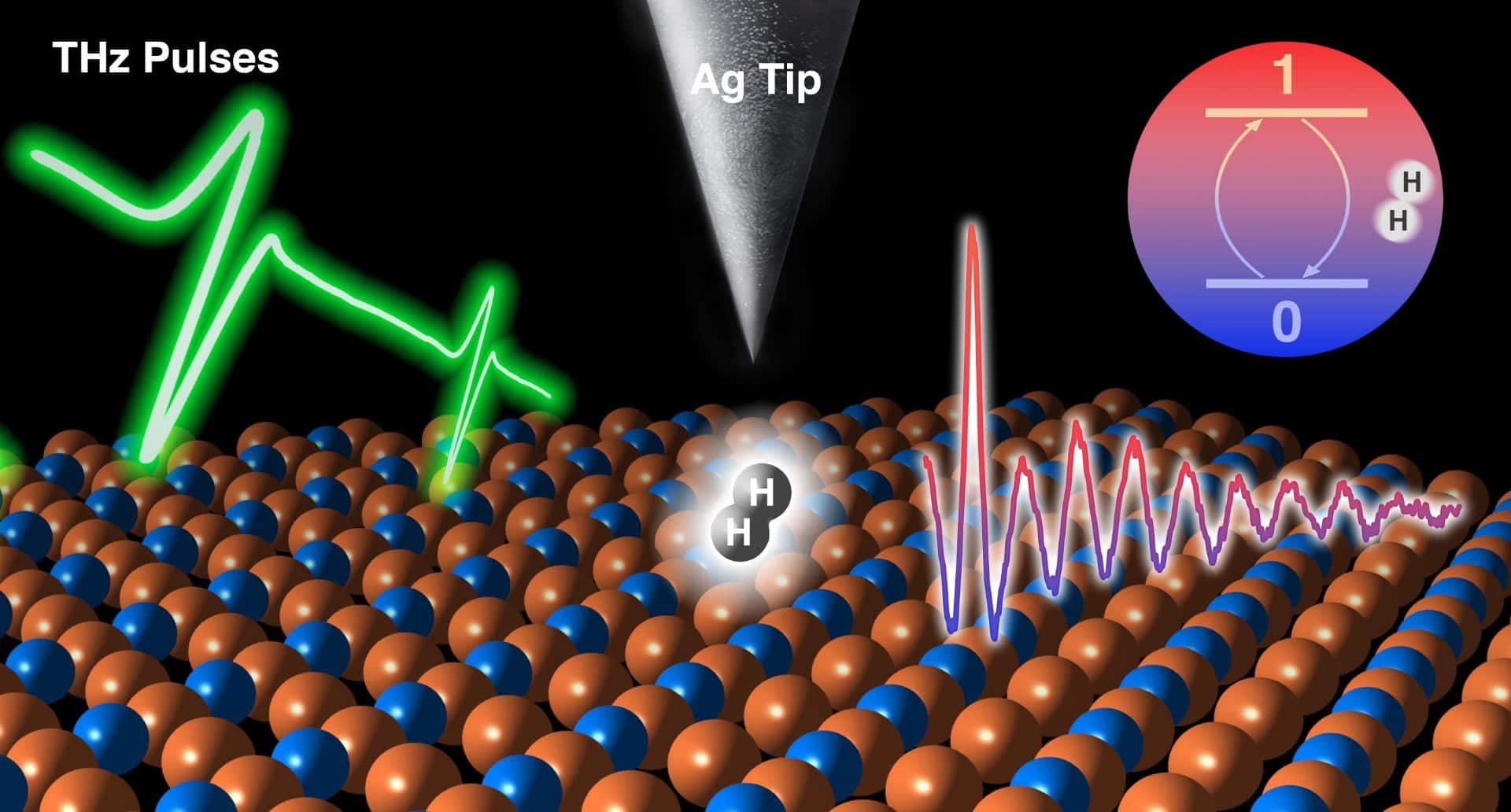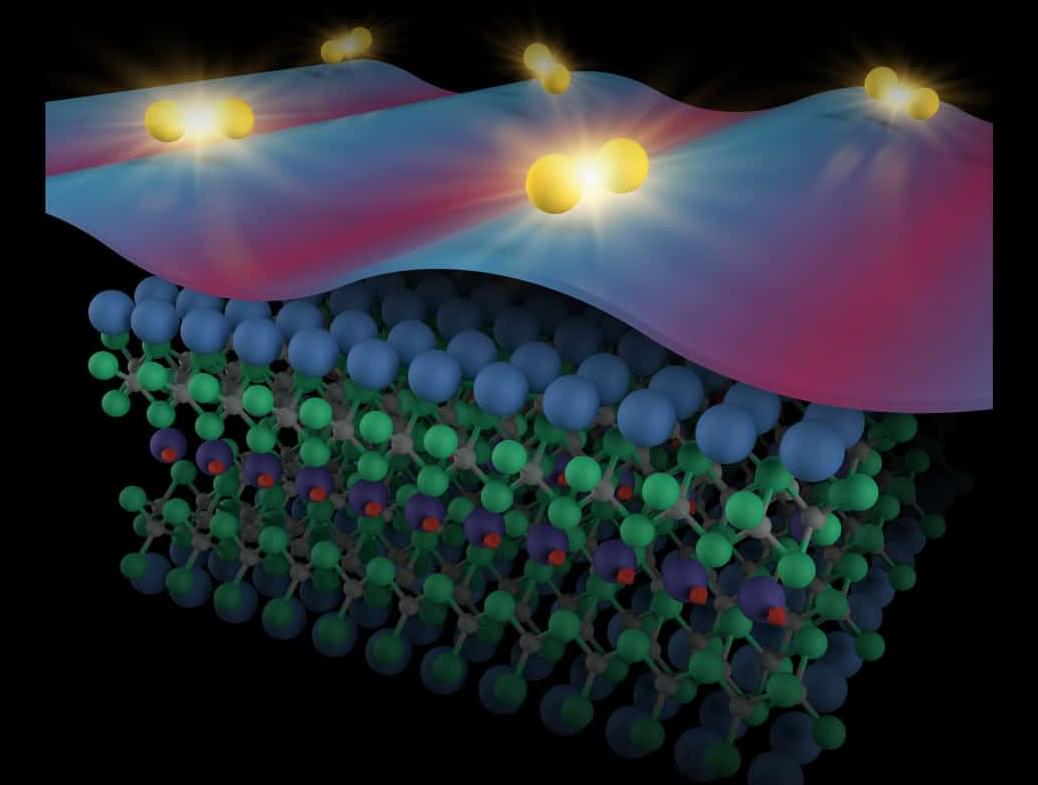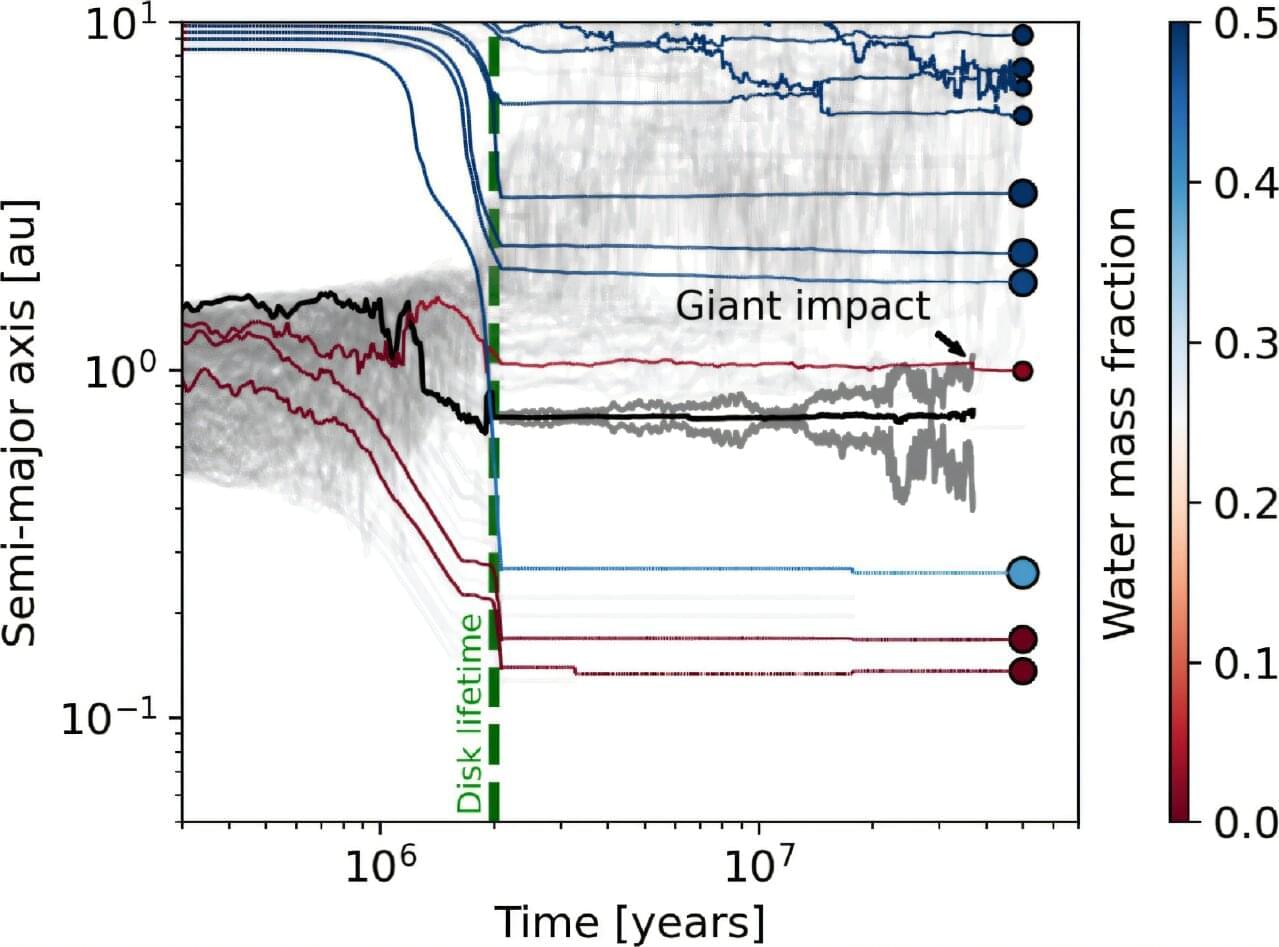Scientists have achieved their initial goal of converting light into a supersolid material that unites solid-stage characteristics with those of superfluids. The discovery establishes paths toward studying uncommon quantum nature states of matter while carrying great implications for technological growth.
The matter form known as a supersolid behaves as both a solid and shows the properties of a superfluid. Despite keeping its rigid arrangement, the material demonstrates smooth flow while remaining non-frictional. Theoretical research on supersolids as a matter state has continued for decades since scientists first considered them in the 1970s. Through precise conditions, scientists believe materials can develop combined solid and superfluid properties to produce an absolute natural anomaly.
The discovery shows how particular materials become supple when exposed to exceptionally cold temperatures because they transition into a viscosity-free state. The dual properties of rigidness combined with fluidity create an extraordinary phase called supersolid in matter. Traditional materials possess two distinct states because solids maintain their shape, yet liquids possess free movement. Supersolids demonstrate behaviour beyond normal fluid-solid definitions because they exhibit features of both states.









